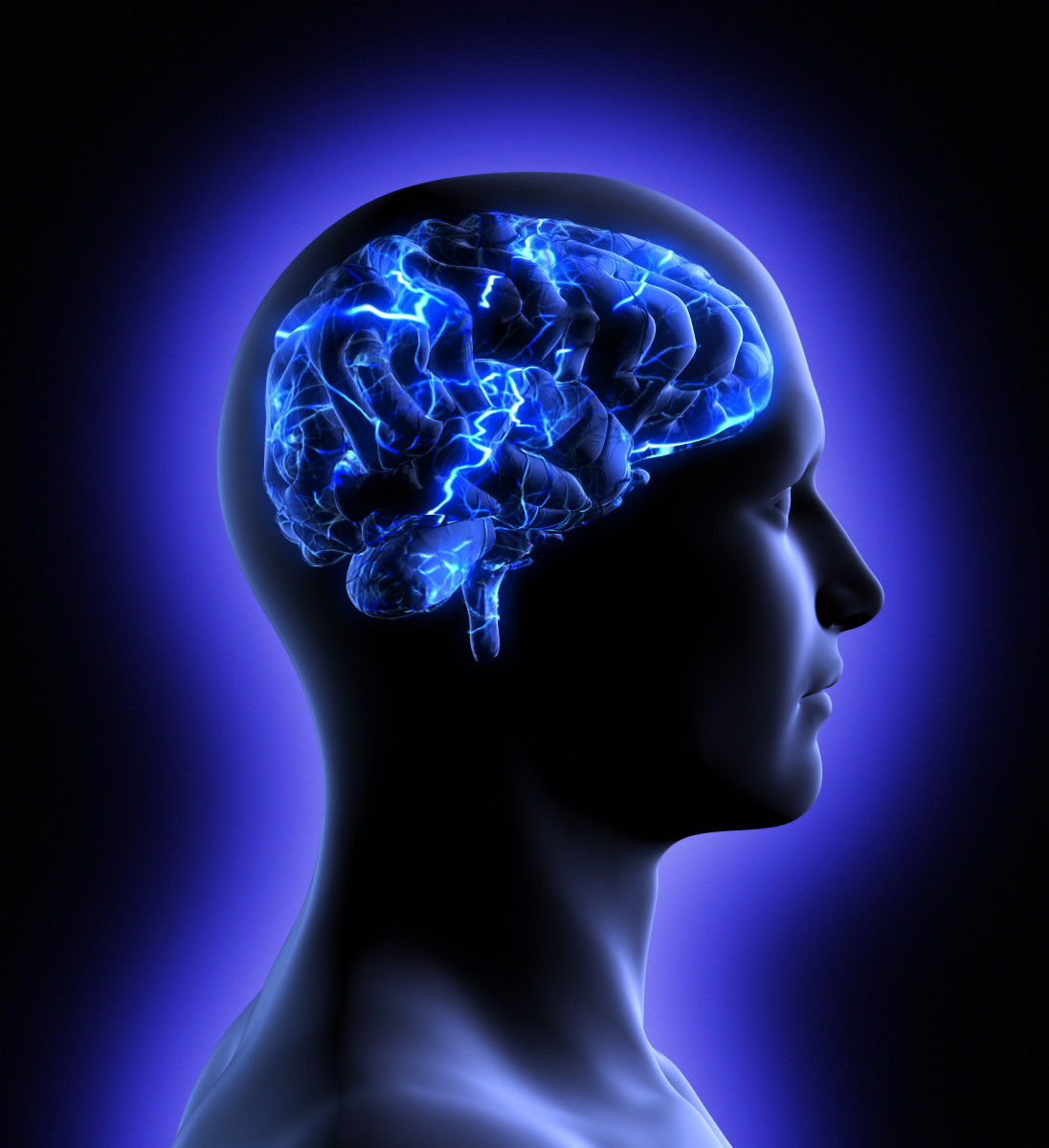Interleukin-17A Plays Key Role in Inflammation in MS, Mouse Study Finds

The immune signaling molecule interleukin-17A (IL-17A) promotes the recruiting of inflammatory cells to the central nervous system (brain and spinal cord) in a multiple sclerosis (MS) mouse model, a study found.
The findings support the potential of therapies that target IL-17 in MS. IL-17A is part of the IL-17 family of proteins.
The study “Interleukin-17A Serves a Priming Role in Autoimmunity by Recruiting IL-1b-Producing Myeloid Cells that Promote Pathogenic T Cells” was published in the journal Immunity.
Immune cells that produce the signaling IL-17 molecule, called Th17 T-cells, have been identified as key mediators of the inflammatory process in several autoimmune diseases, including psoriasis, rheumatoid arthritis, and MS.
In psoriasis, treatment with antibodies that block IL-17 is highly effective. In an early clinical trial with relapsing-remitting MS (RRMS), treatment with an antibody targeting IL-17 — Cosentyx (secukinumab) — yielded promising results.
However, the exact role of IL-17 in MS is still not clear.
Researchers at Trinity College Dublin investigated the role of IL-17 using a mouse model — experimental autoimmune encephalomyelitis (EAE) — that mimics human MS.
Results showed that EAE mice lacking IL-17 were resistant to MS. While all EAE mice developed severe symptoms 20 days after the triggering of inflammation in the brain and spinal cord (encephalomyelitis), only 35% of EAE mice without IL-17 showed clinical signs of the disease, and these were mild in severity.
Researchers found that EAE mice without IL-17 also had significantly fewer immune cells — namely CD4+ and gamma delta T-cells — in the spinal cord. When IL-17 was absent, the levels of IL-1-beta (another immune molecule) were lower.
Researchers looked for cells that could be producing IL-1-beta in response to IL-17. They found that IL-17A mobilized IL-1-beta-secreting immune cells (called neutrophils and inflammatory monocytes) to lymph nodes. In turn, these cells promoted the disease-promoting activity of T-cells in the CNS.
“Our team found that IL-17 plays a critical ‘priming’ role in kick-starting the disease-causing immune response that mediates the damage in EAE and MS,” Kingston Mills, a professor at Trinity’s School of Biochemistry and Immunology, and the study’s lead author, said in a press release.
“The new research shows that, instead of playing a direct part in CNS pathology, a key role of IL-17 is to mobilize and activate an army of disease-causing immune cells in the lymph nodes that then migrate to the CNS to cause the nerve damage,” Mills said.
The findings support the potential of anti-IL-17 therapies in easing MS symptoms. The study also suggests that anti-IL-17 therapies do not need to cross the blood-brain-barrier — a highly selective membrane that shields the CNS from the general blood circulation, and a roadblock in the efficacy of several MS therapies.
“Crucially, our findings suggest that drugs that block IL-17 may not need to get across the blood-brain barrier to be effective in treating MS,” said Aoife McGinley, the study’s first author.
“As well as shedding new light on the importance of IL-17 as a drugs target in RRMS, our research highlights the huge potential of drugs that block IL-17 in the treatment of other autoimmune diseases, such as psoriasis and rheumatoid arthritis” McGinley said.






